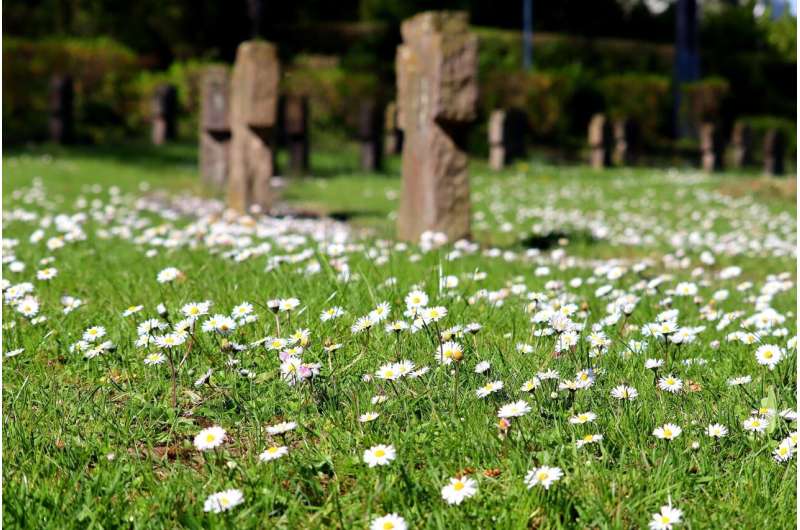DNA collected from slave skeletons interred in unmarked 18th-century burial ground reveals their history

A team of researchers affiliated with several institutions in the U.S., working with members of The Anson Street African Burial Ground Project, have discovered some of the history behind some of the enslaved people buried in 18th century Charleston, South Carolina—home to one of the busiest slave ports in American history.
In their paper published in Proceedings of the National Academy of Sciences, the group describes how they collected tissue samples from as many of the skeletons in the cemetery as possible and what analysis of their DNA revealed about their history.
Starting in the early 1500s, as part of a larger slave trade, white Europeans brought black people living in Africa by force to work as slaves in the colonial America. They continued to do so for the following three hundred years. Many of those slaves began their life in America in Charleston South Carolina.
Approximately half of all such slaves arrived at the port there and were summarily sold. In this new effort, the researchers conducted a DNA analysis of skeletons of slaves who had been buried in an unmarked burial ground during the 18th century near the heart of the city.
The cemetery was discovered back in 2013 and since that time, efforts have been made to identify those who were buried there. In all, 36 skeletons were found in the cemetery but only 18 had tissue samples suitable for use in a genetic study. Prior work on the project showed that all of the people in the cemetery had been placed in coffins prior to burial and that most had artifacts in the coffin with them, such as pipes, beads or even coins.
In looking at the DNA, the researchers found that all but one of the slaves had come directly from Africa, or had ancestors that had. They also found that slave ancestry was not confined to the west coast of Africa—some of the slaves had been taken from parts of sub-Saharan areas. The team found that 13 of them had been born in West Africa, the rest likely in the U.S. The researchers also found that none of the people buried in the cemetery were related to any other—a sign that suggests family members were separated upon arrival.
The researchers also found that one person in the cemetery had Native American maternal lineage, which they suggest highlights the multigenerational aspect of the American slave trade.
More information: Raquel E. Fleskes et al, Community-engaged ancient DNA project reveals diverse origins of 18th-century African descendants in Charleston, South Carolina, Proceedings of the National Academy of Sciences (2023). DOI: 10.1073/pnas.2201620120
Journal information: Proceedings of the National Academy of Sciences
© 2023 Science X Network18th century graveyard found at former Caribbean plantation
No comments:
Post a Comment